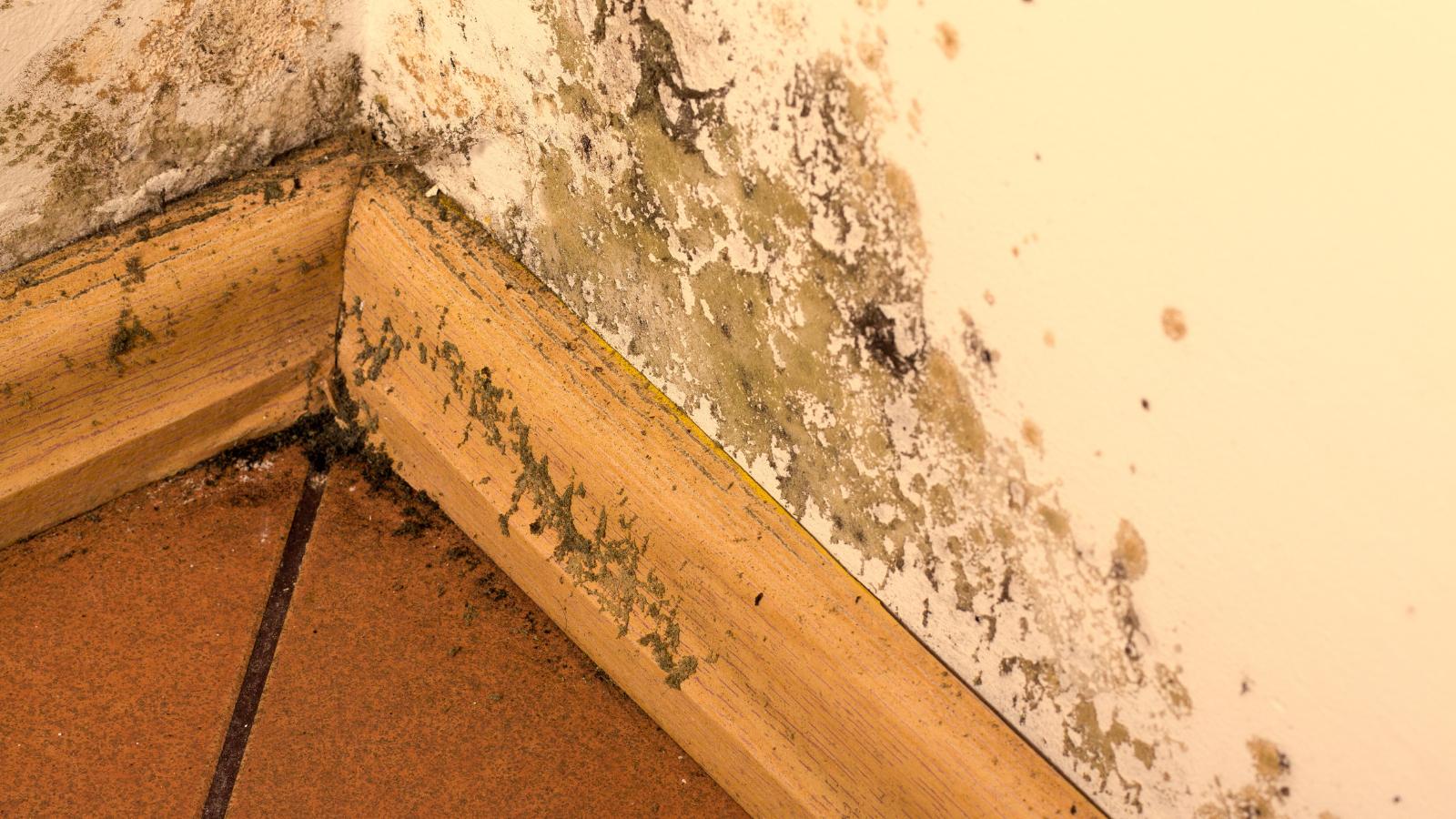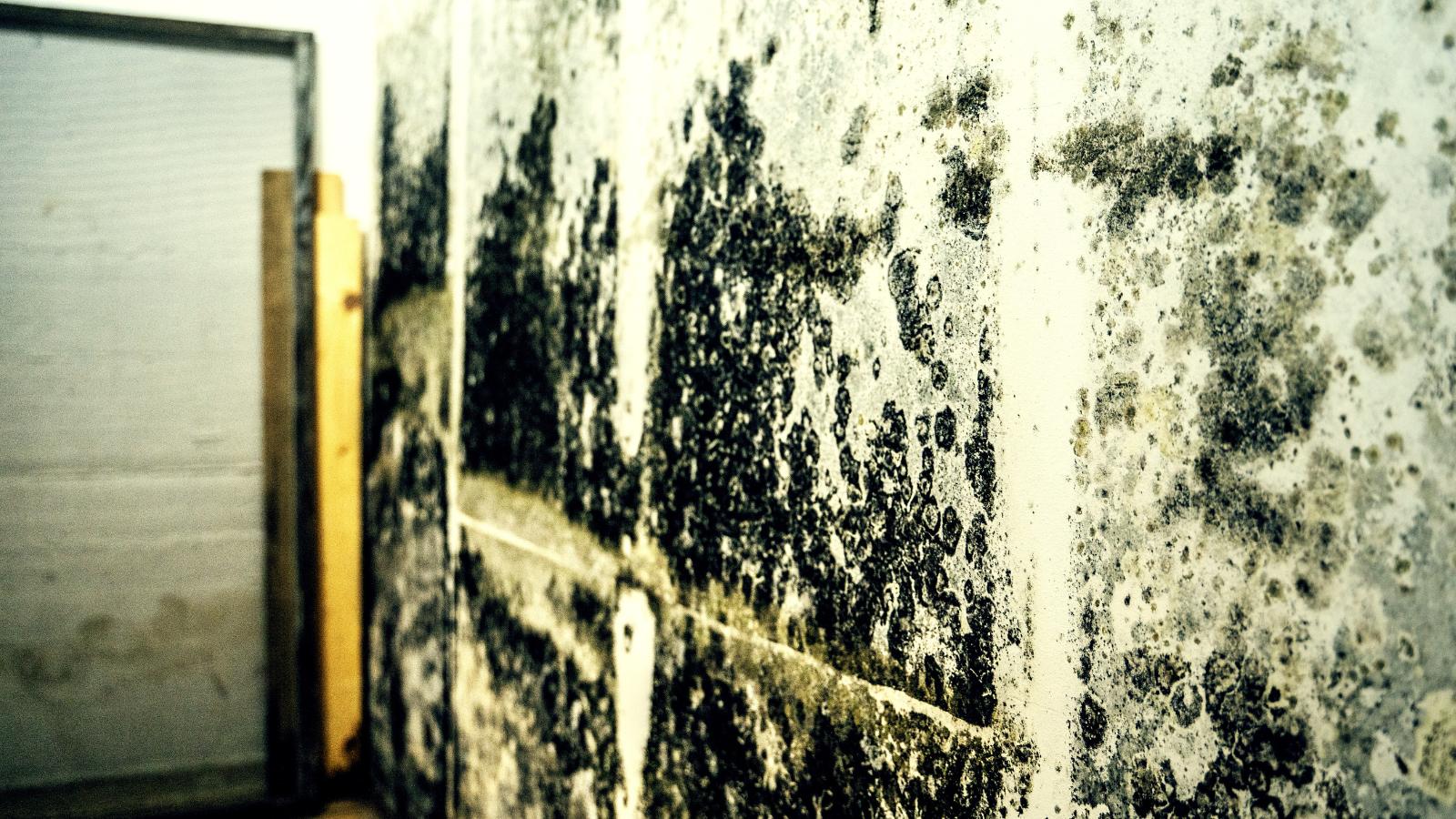Understanding Mold: Key Webinar Highlights
Mold can pose a significant problem in both homes and workplaces, as it can have negative effects on both the building structure and our health. At...
2 min read
Sarah Chadwick
September 14, 2023

At CRC, we understand the importance of knowledge when it comes to mold and mildew. While these topics might be unpleasant, they are common issues that can cause significant damage to your property and pose health risks to those inside the building. In this article, we delve into the differences between mold and mildew, explore their various types, and provide essential tips for identifying, preventing, and managing these unwanted invaders.
Mold and mildew share some similarities, but mildew is a specific form of mold. Mold is a type of fungus that appears in black and green patches and has the ability to penetrate surfaces. On the other hand, mildew only remains on the surface and can be wiped away relatively easily. Mildew typically thrives on damp surfaces and organic materials, while mold can grow in walls, crawl spaces, food, and permanent structures. Cleaning mildew can often be a DIY project, but mold remediation requires professional assistance due to its potential for structural damage and health hazards.
Mildew is not only an unsightly nuisance but also a plant disease that can damage crops and surfaces in your building. There are two main types of mildew: powdery mildew and downy mildew. Powdery mildew starts as gray and white splotches, eventually turning yellowish brown or black. Downy mildew appears as yellow spots that later become brown, with its appearance varying depending on the surface it grows on.
While there are thousands of mold types, the molds commonly found in buildings can be categorized into five main kinds:
Alternaria: Frequently found on walls and in damp areas, it has a wooly or down-like texture and can be black, gray, or dark brown. Prolonged exposure to Alternaria can lead to asthma and allergic reactions.
Aspergillus: The most prevalent indoor mold, it comes in various colors and often grows on insulation, walls, paper products, and clothing. Aspergillus can cause allergic reactions and respiratory infections, especially in individuals with weakened immune systems.
Cladosporium: Thriving in cooler environments, this mold is black or olive-green and has a musty odor. It commonly grows on fabrics like curtains and carpets, as well as wood surfaces, and can trigger respiratory issues.
Stachybotrys Chartarum (Black Mold): This dangerous mold produces mycotoxins, causing severe health problems like asthma, chronic sinus infections, fatigue, depression, and more. It has a musty odor and prefers constantly damp areas like air conditioning ducts and leaky pipes.
To determine whether you're dealing with mold or mildew, examine their characteristics. Mildew usually appears powdery or fluffy and grows in a flat pattern, while mold is fuzzy or slimy with irregular spots. You can also perform a simple DIY test using bleach. If the affected area lightens after applying bleach, it's mildew; if it remains dark, it's mold. However, professional testing is recommended for accurate identification and safe removal.
Prevention is key to avoiding mold and mildew growth in your home. Maintain humidity levels below 40-50% using a dehumidifier if necessary. Regularly inspect heating and cooling systems, air ducts, and promptly address leaks and moisture issues. Quick action can prevent mold and mildew from taking hold.
Cleaning up mold is best left to professionals to avoid further spreading mold spores. Mold removal requires specific procedures and equipment to ensure safety. However, if you have mildew, you may be able to handle the removal yourself, but remember to wear a facial mask and ventilate the area during cleaning.
Understanding the differences between mold and mildew, their types, and how to identify and handle them is crucial for safeguarding your home and health. If you're facing a mold or mildew problem that needs professional attention, reach out to CRC. Our experts can safely and effectively handle mold remediation, identify the source, and help you prevent future occurrences, ensuring a clean and healthy living environment for you and your loved ones.

Mold can pose a significant problem in both homes and workplaces, as it can have negative effects on both the building structure and our health. At...
.jpg)
Mold issues in commercial buildings can have far-reaching consequences, impacting both the well-being of individuals and the integrity of the...

Mold is not only smelly and disgusting, it can also be dangerous. And when spores get into the air in your building, they can be nearly impossible to...